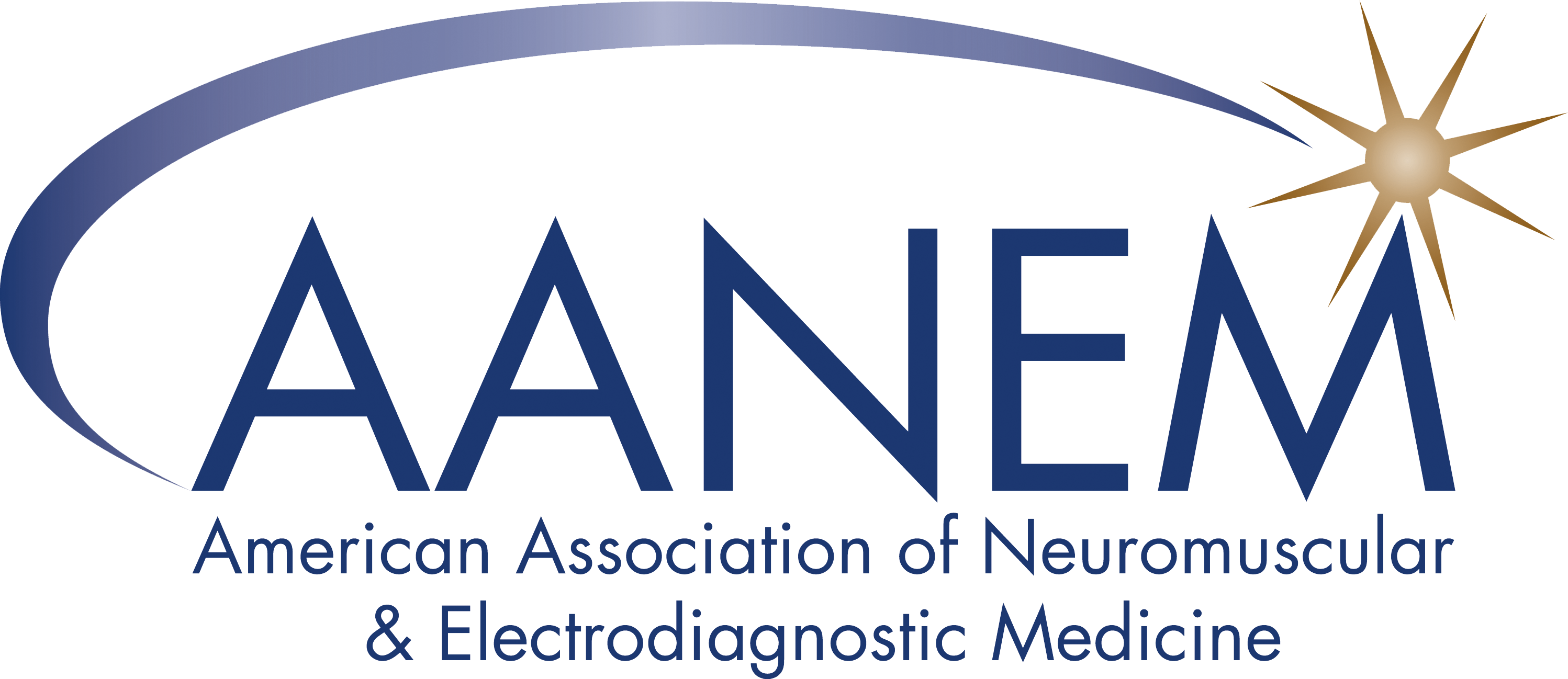Press and Media
View the latest AANEM Achievement Award winners, the American Neuromuscular Foundation (ANF) Abstract Award winners, and the latest AANEM news articles on News Express.
Frequently Asked Questions
Q: When will be content of abstracts be viewable, as opposed to just the titles?
A: The abstract content will be available at the annual meeting during the Poster Hall hours. We do not provide abstract presenter information or slides ahead of time. All available information can be found in the AANEM Abstract Guide online when it becomes available.
Q: How do I reach out to abstract or session presenters for an interview?
A: We do not offer member contact information. To connect with abstract or session presenters, review the AANEM Annual Meeting Program when available. Find the topics of interest and connect with the presenter after their lecture or during their abstract poster session time. Currently there is no interview option for virtual attendees.
Q: When can I share information?
A: The embargo on the abstracts themselves is lifted when they have been published in Muscle & Nerve and online in the AANEM Abstract Guide. However, the additional information beyond what is in the abstract itself is still embargoed.
AANEM requires information that goes beyond that which is contained within the abstract, e.g., the release of data not included in the abstract, discussion of the abstract done as part of a scientific presentation, etc. to be embargoed until the start of the annual meeting. Please see the Abstract Embargo Policy.
Q: Will the Abstract Award Reception feature the best posters?
A: The Abstract Award Reception is a social hour in honor of the abstract award winners where all authors, including award winners, will be available to discuss research.
Q: Original research is ONLY presented as posters, correct?
A: Yes - the research is presented in the Poster Hall via abstract posters.
Science News: Targeted Exercise Program Shows Promising Benefits for Aging Adults
Objectives: this study aimed to analyze the effects of a neuromuscular training program compared to a multicomponent training program on proprioception and muscle reaction time in older woman.
Although changes in the somatosensory and muscular systems are independent processes, it has been suggested that a deficit in proprioception may create negative feedback to the central nervous system, potentially leading to inefficient muscular responses.
Material and methods: This study was a randomized controlled trial. It included 54 older women randomized into 3 groups: 1) multicomponent group (MCG), 2) neuromuscular group (NMG), and 3) control group (CG). MCG carried out a multicomponent training program and, NMG completed a neuromuscular training program plus the multicomponent training.
It has been proposed that multicomponent training effectively improves physical functionality by targeting various motor components, such as muscle strength and functional performance. In contrast, neuromuscular training, which combines proprioceptive, strength, and postural balance exercises, specifically addresses both sensory and motor systems, offering a more comprehensive rehabilitation approach for older adults.
Proprioception was assessed using the active repositioning test in the shoulder, elbow, hip, and knee joints. The muscular reaction time of the peroneus longus, tibialis anterior, and gastrocnemius medialis were evaluated (using a Delsys electromyograph model TrignoTM Wireless sEMG System). To obtain the reaction time of these muscles, a sudden lower limb destabilization test was performed.
Results: A significant time by group interaction was observed in proprioception of the shoulder joints (F = 7.57; p =0.003; ηp2 = 0.255), hip joints (F = 10.2; p = < 0.001; ηp2 = 0.258) and knee joints (F = 7.12; p = 0.004; ηp2 = 0.244) and reaction time of the peroneus longus (F = 13.7; p = < 0.001; ηp2 = 0.378), tibialis anterior (F = 8.14; p =0.002; ηp2 = 0.246) and medial gastrocnemius (F = 7.86; p = 0.003; ηp2 = 0.263). Multiple comparisons showed that there are significant improvements between the pre-and post-assessment of the NMG in proprioception and muscle reaction time.